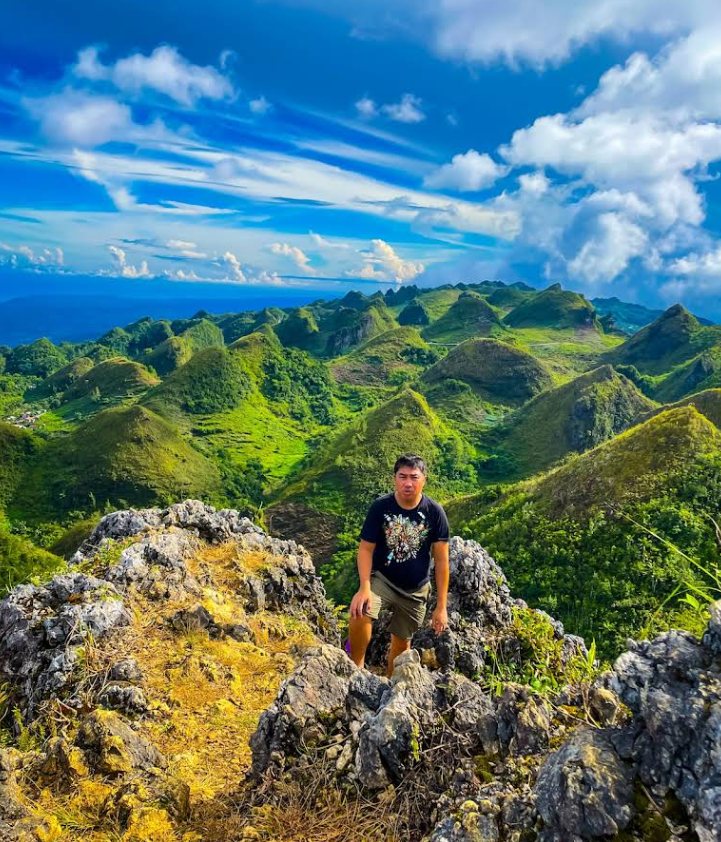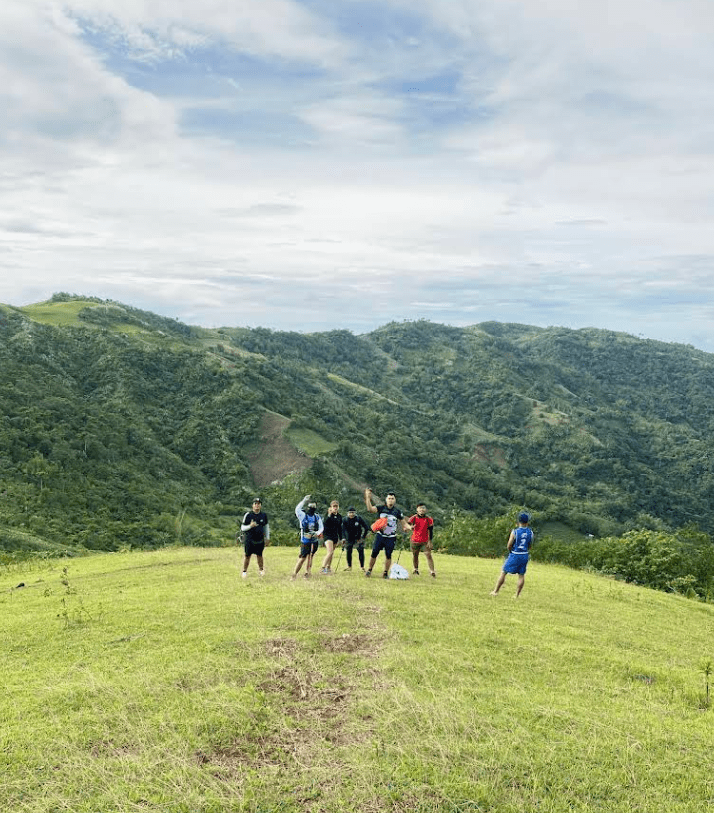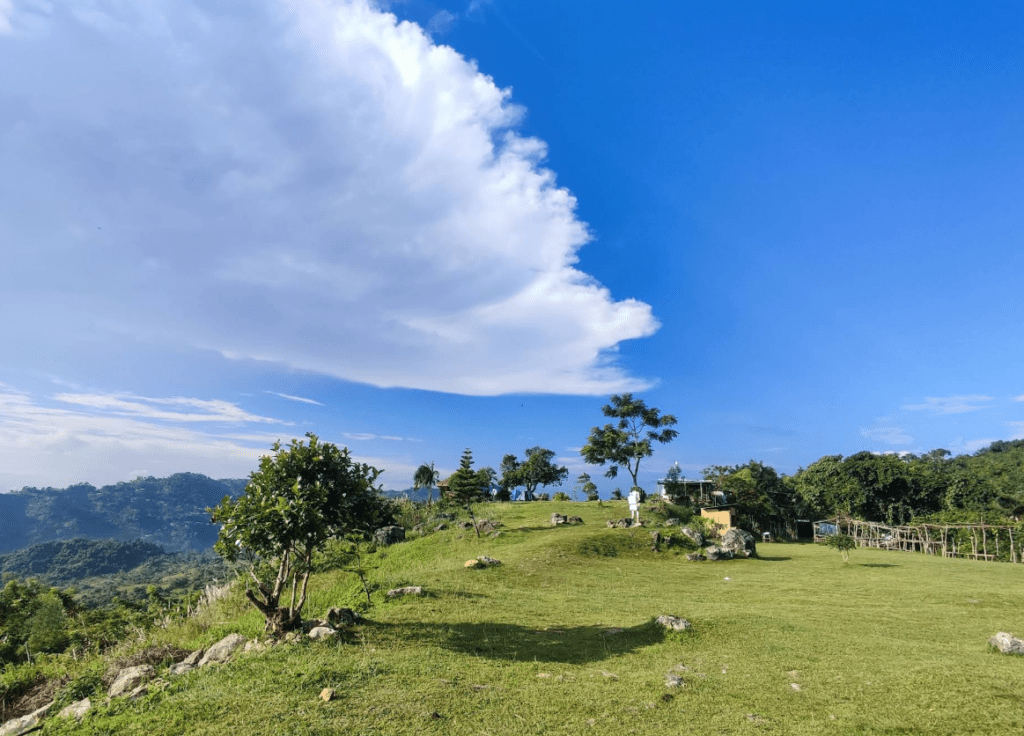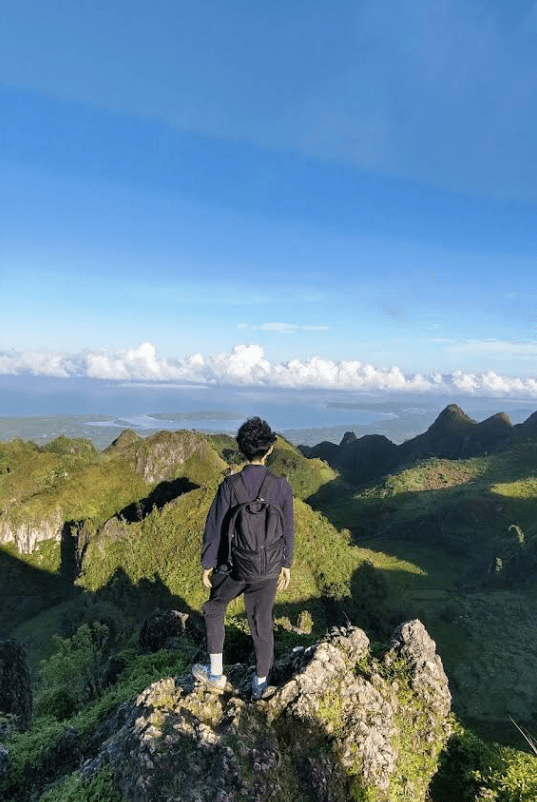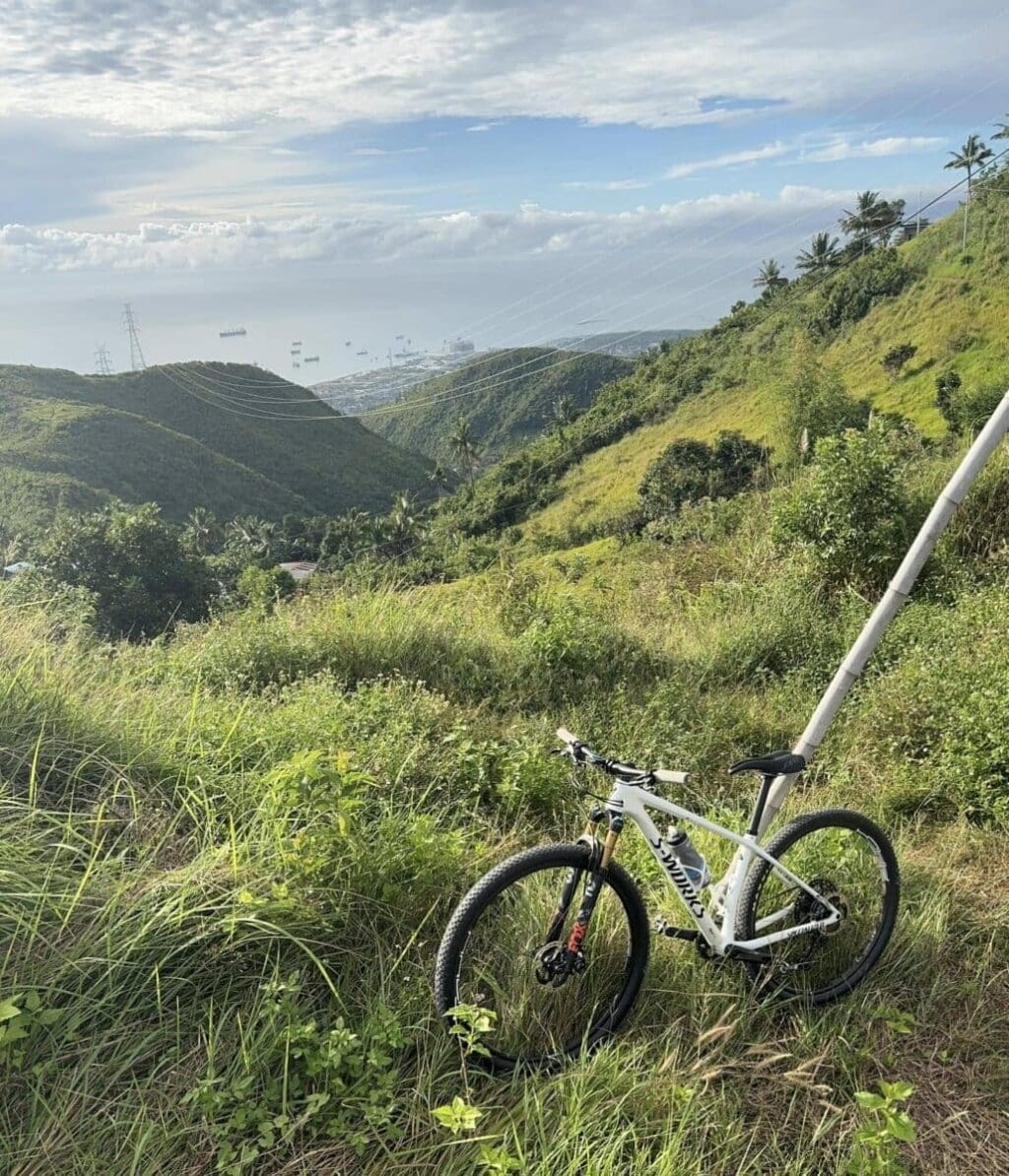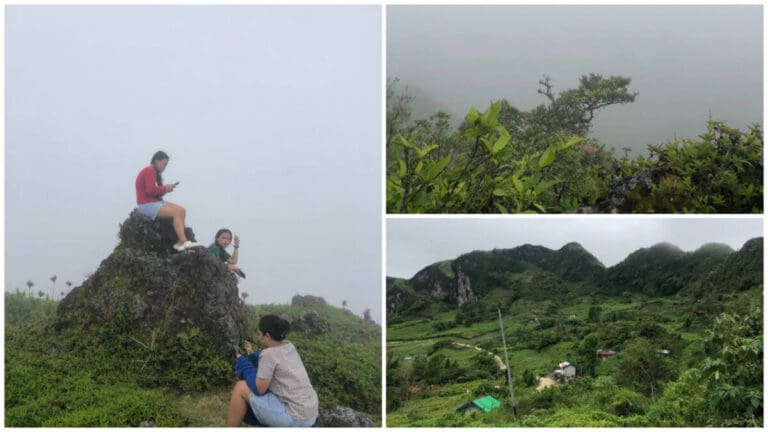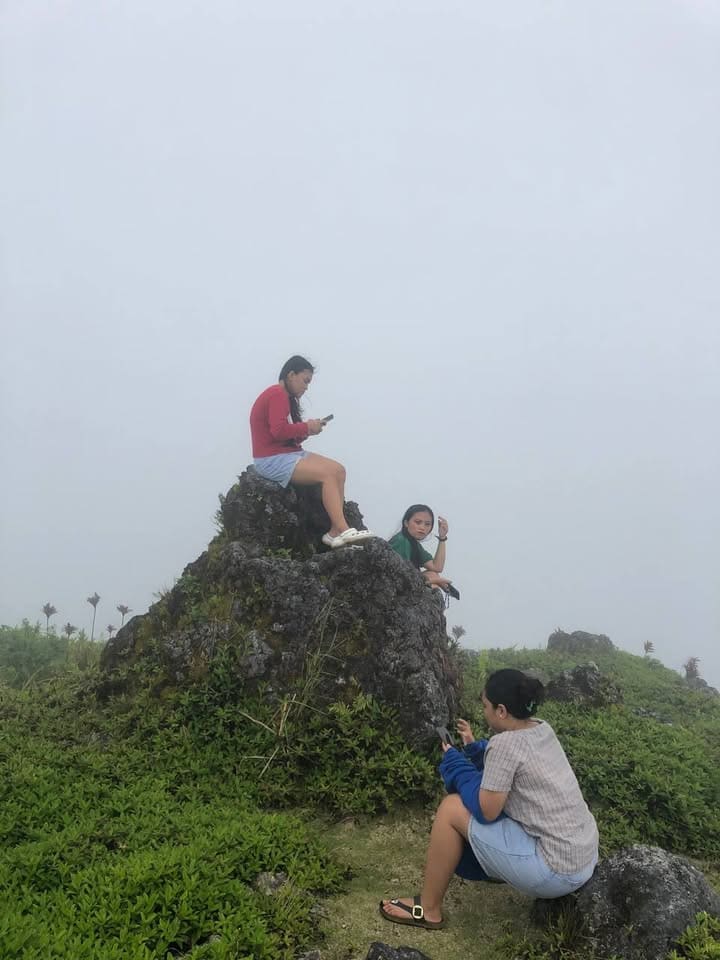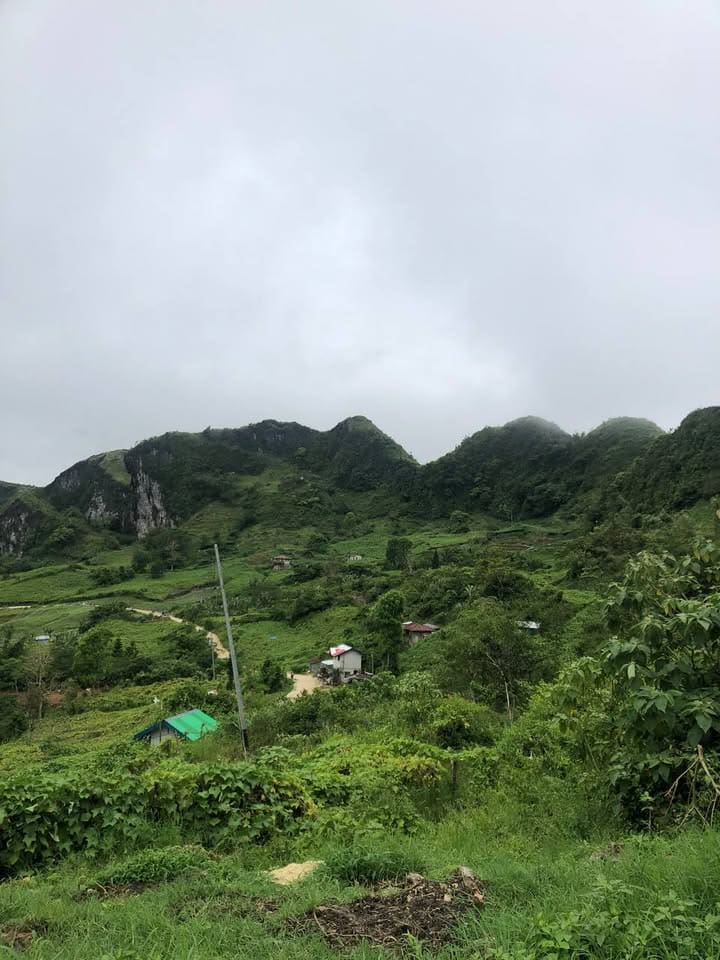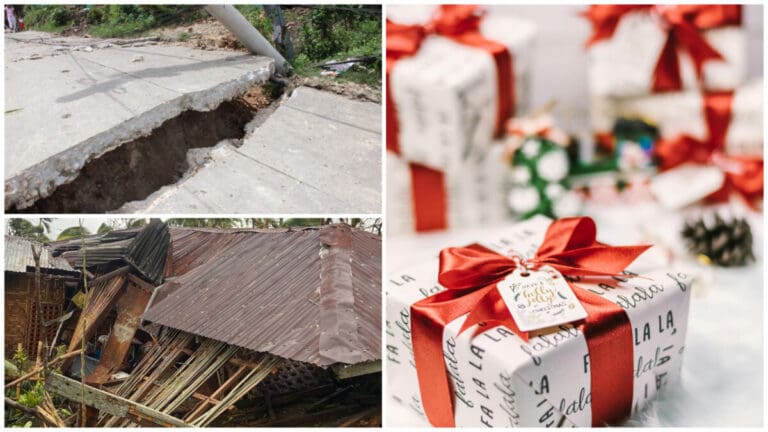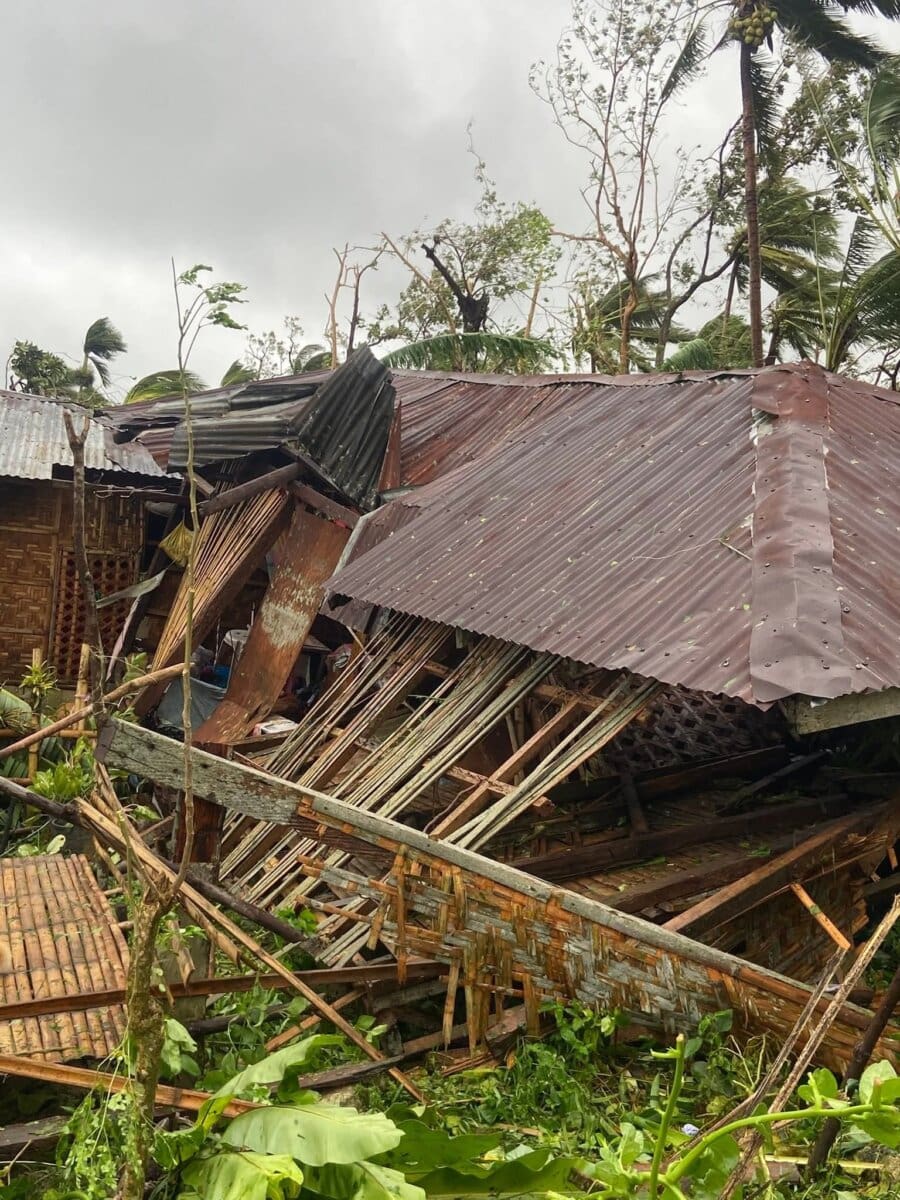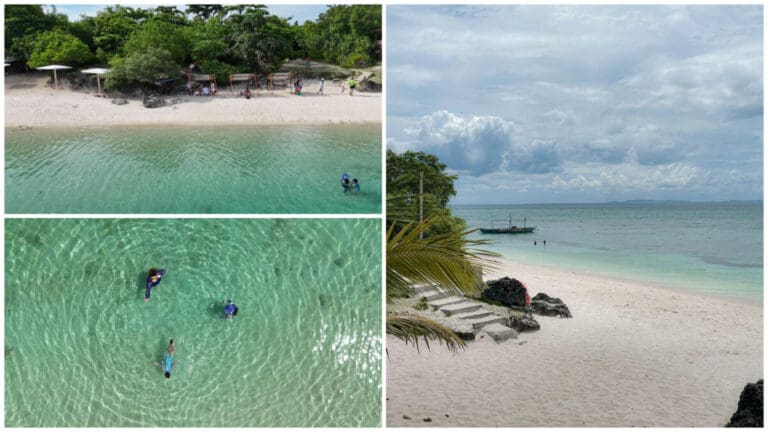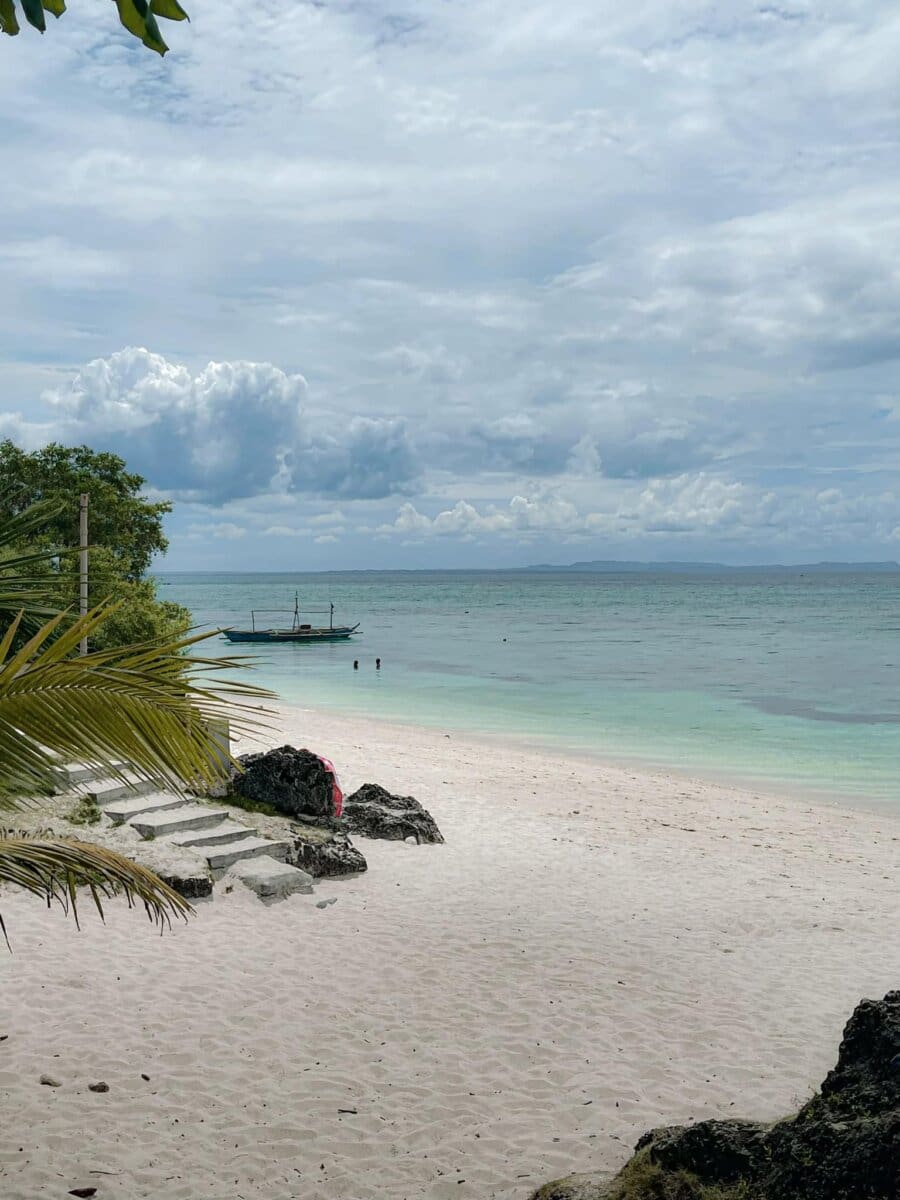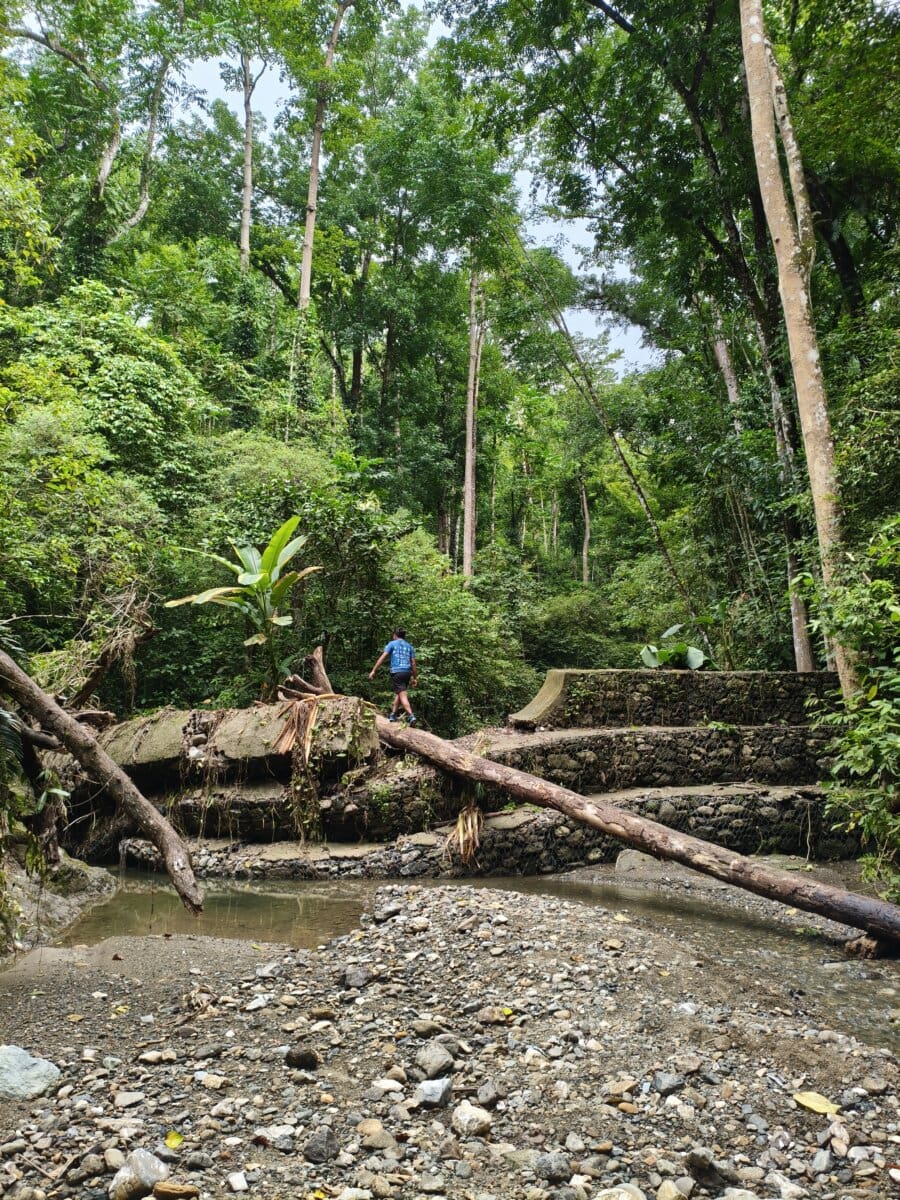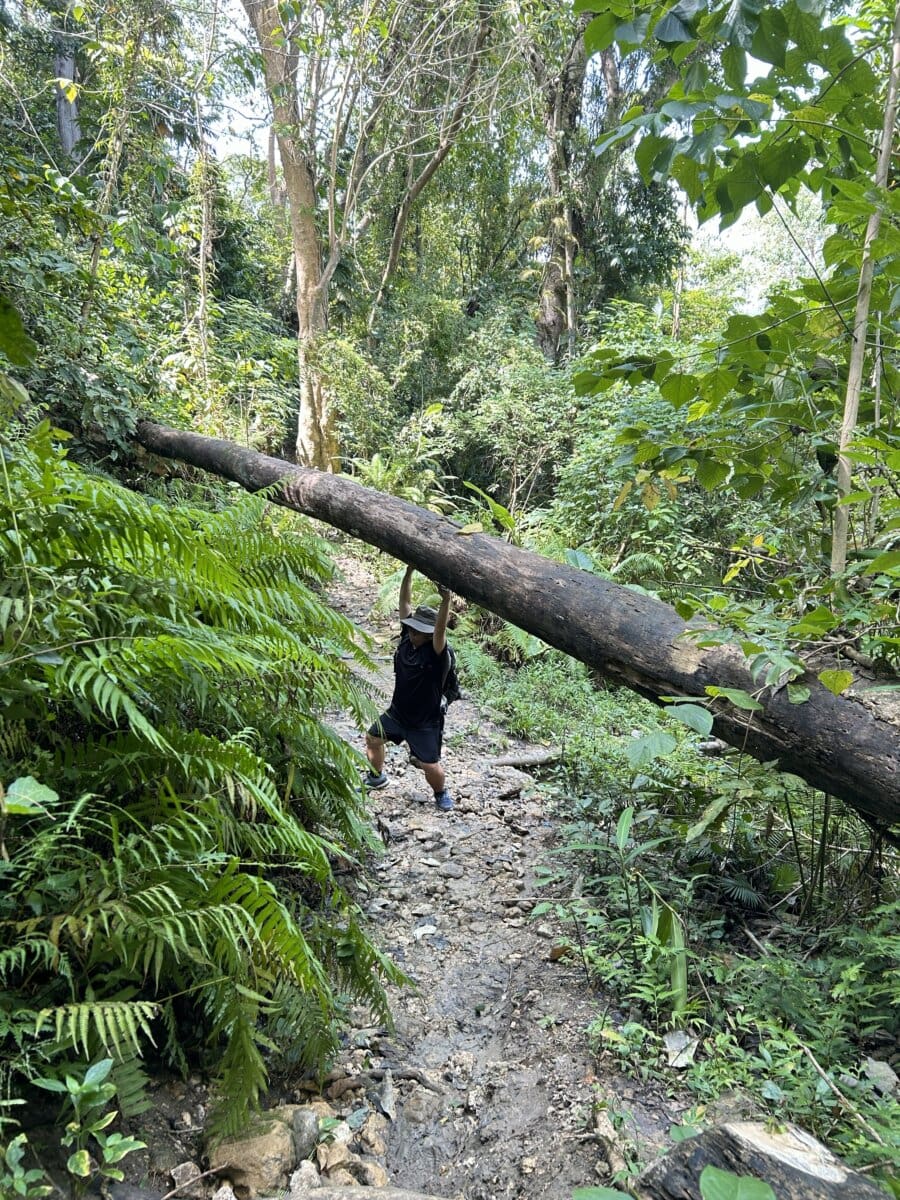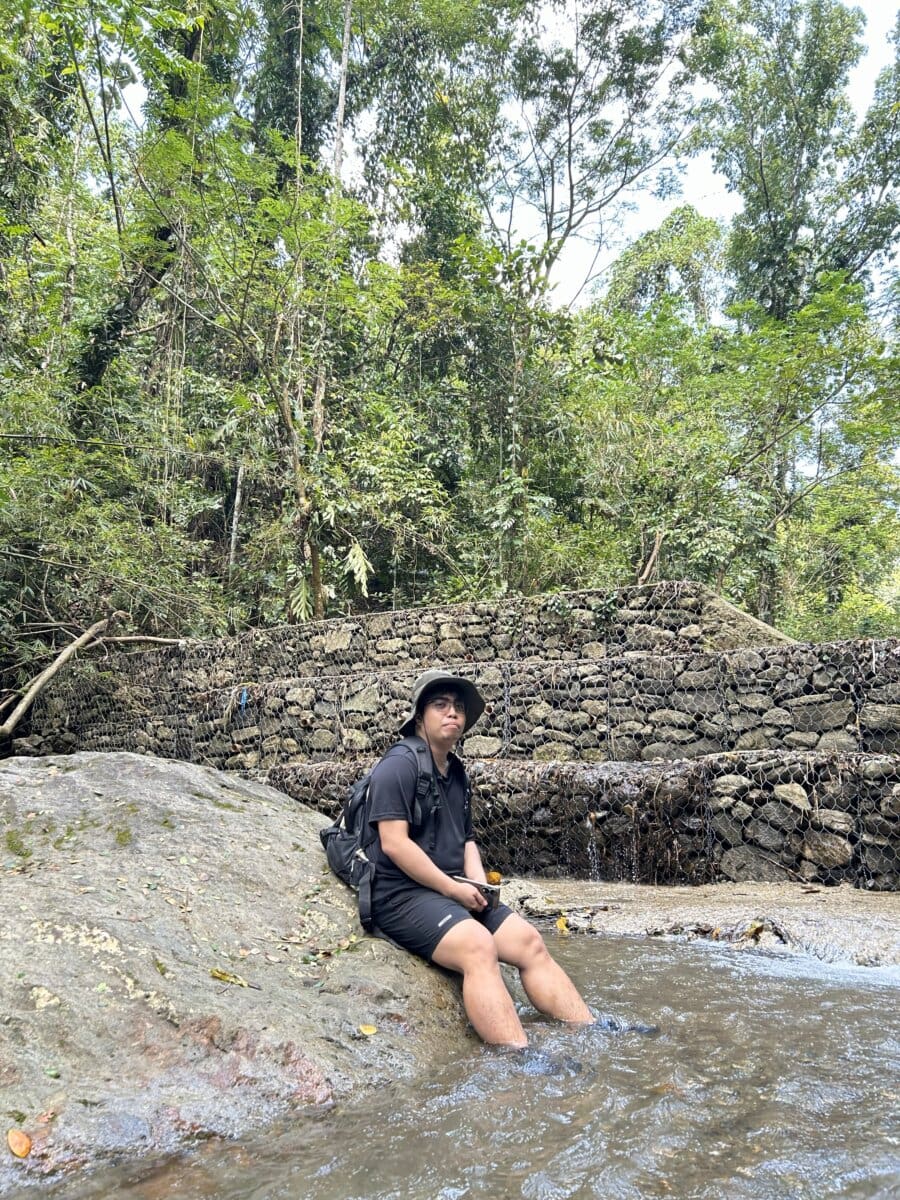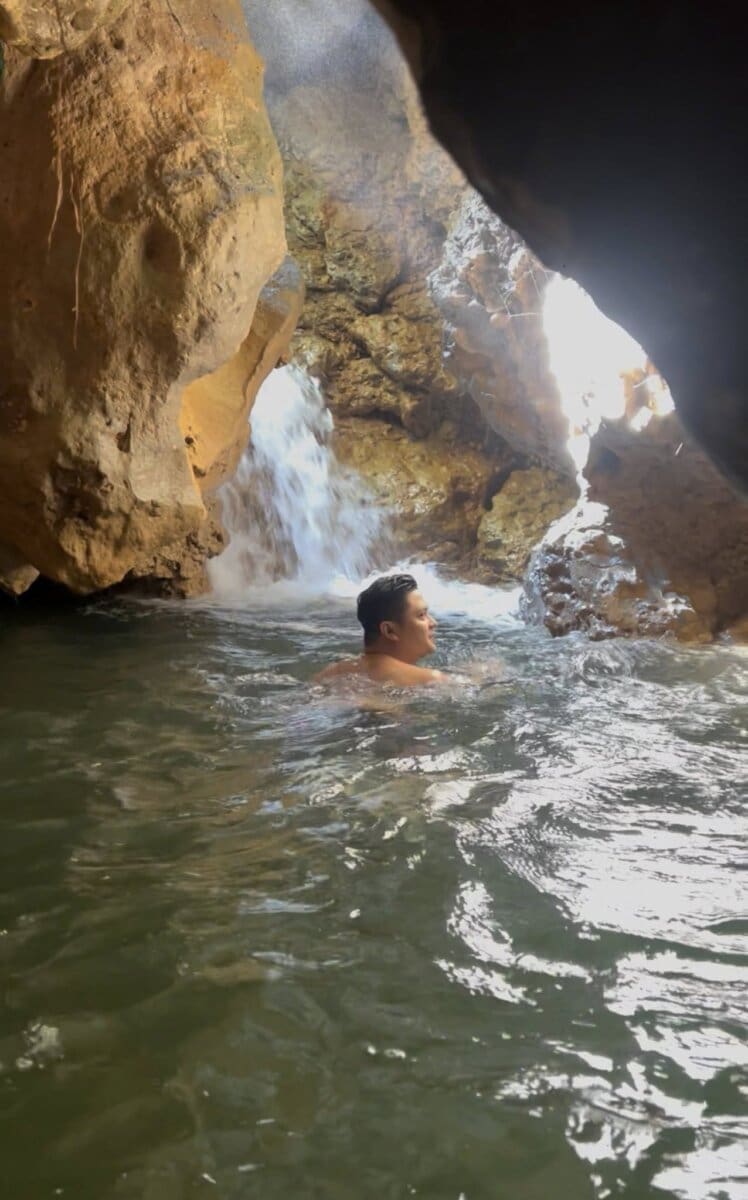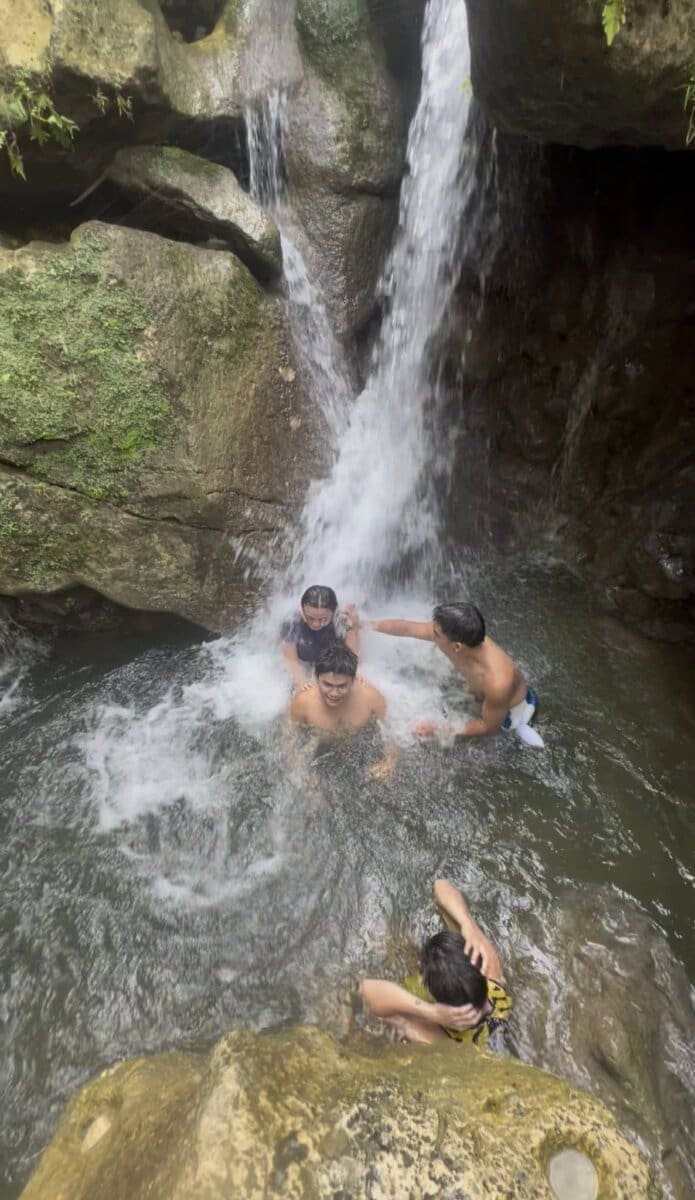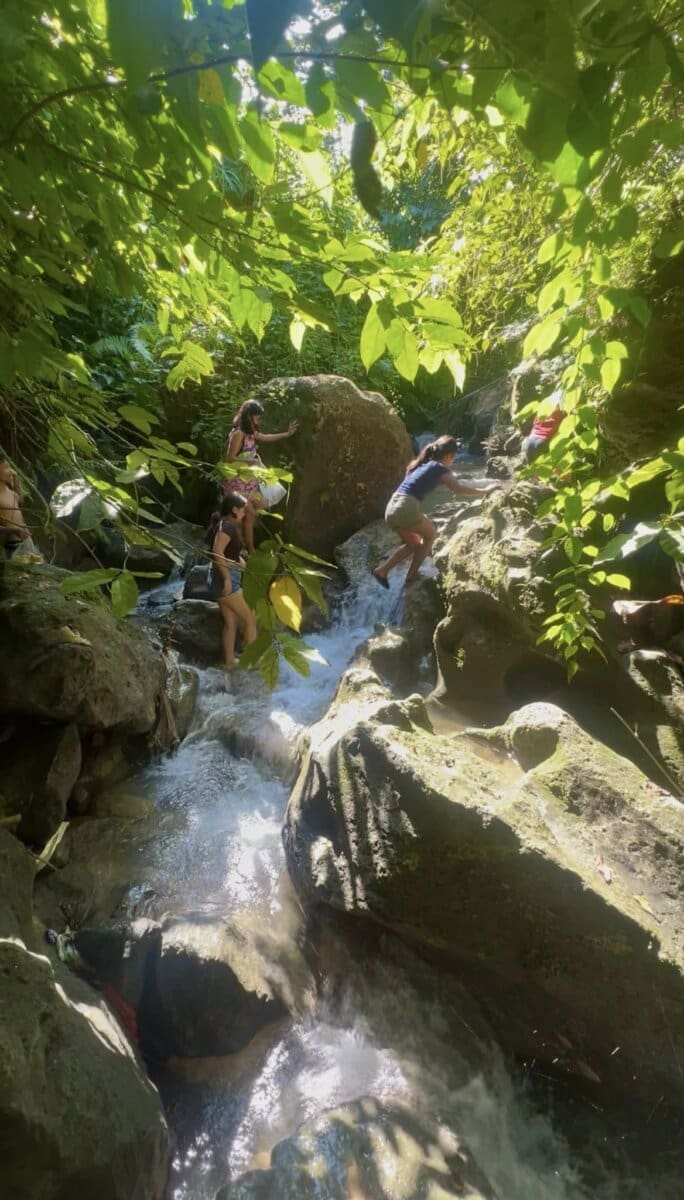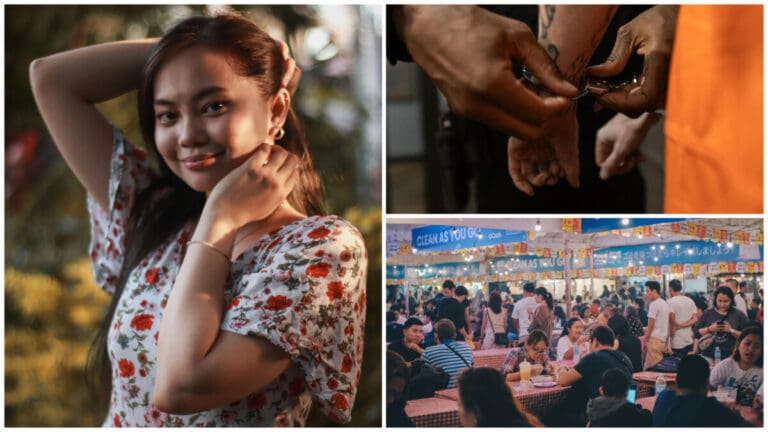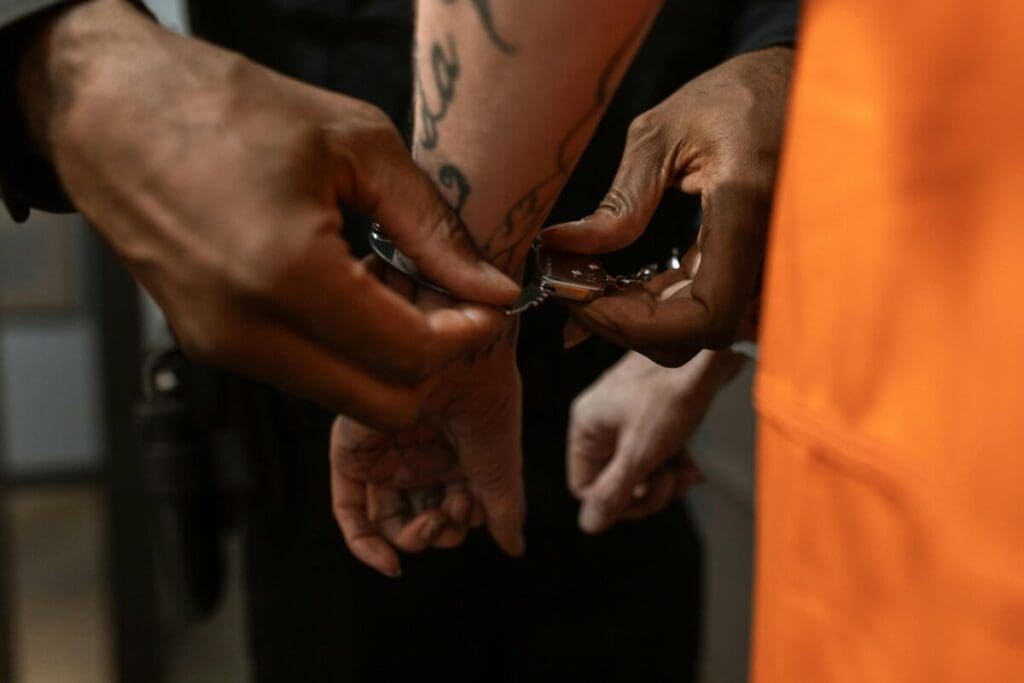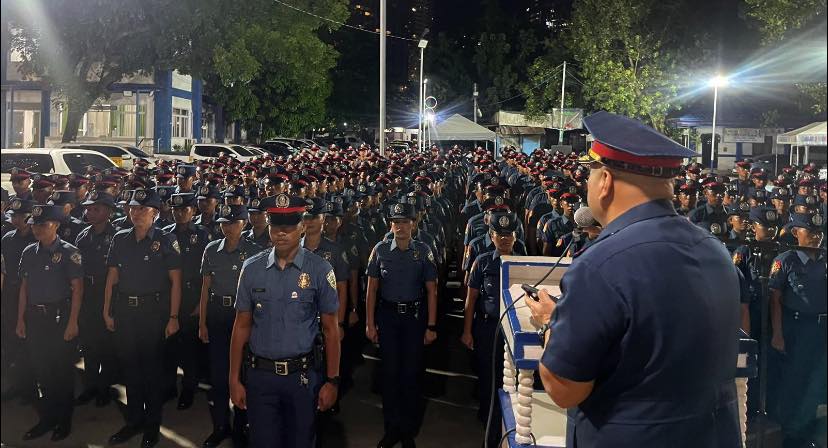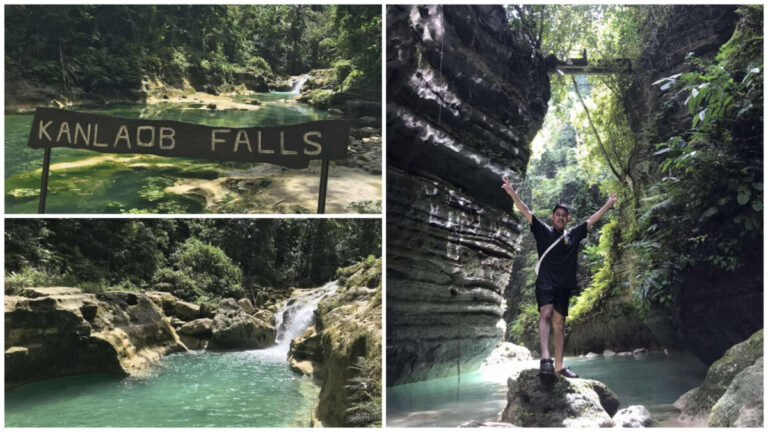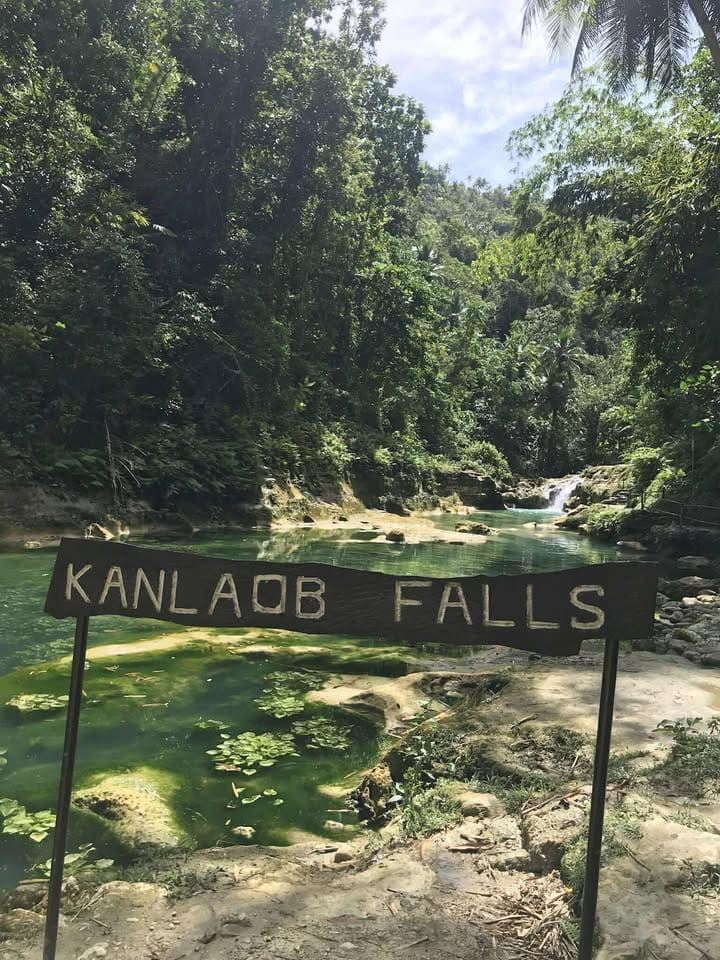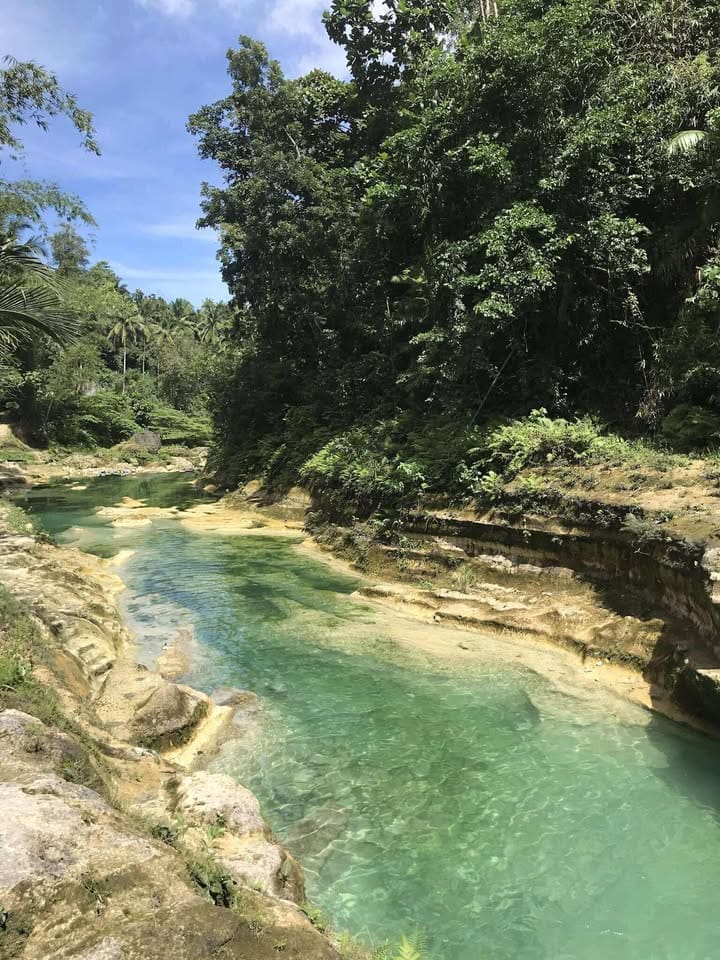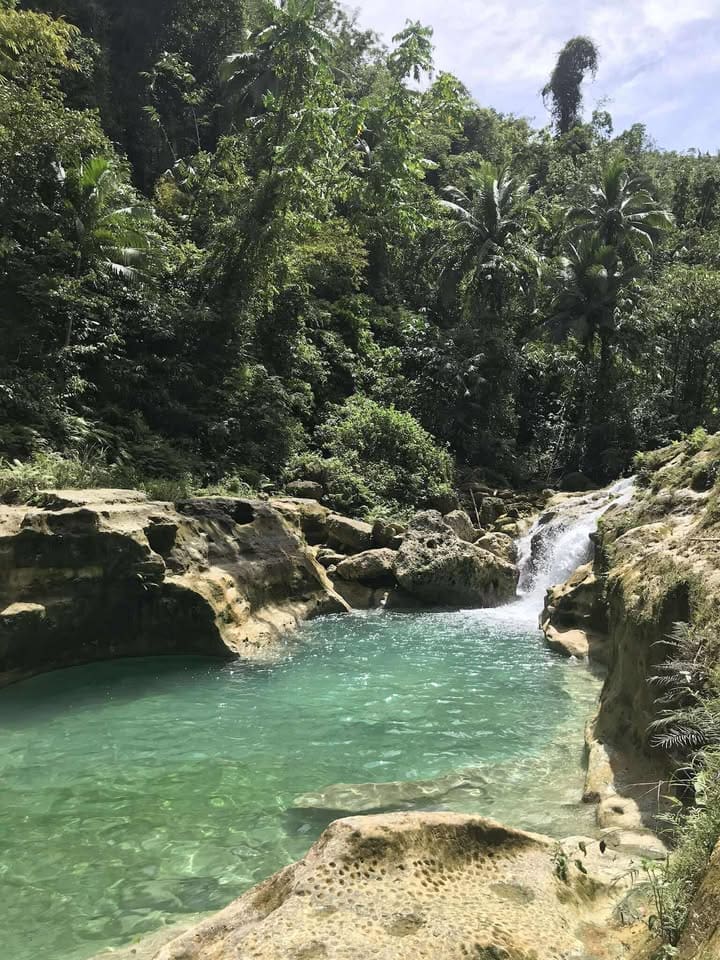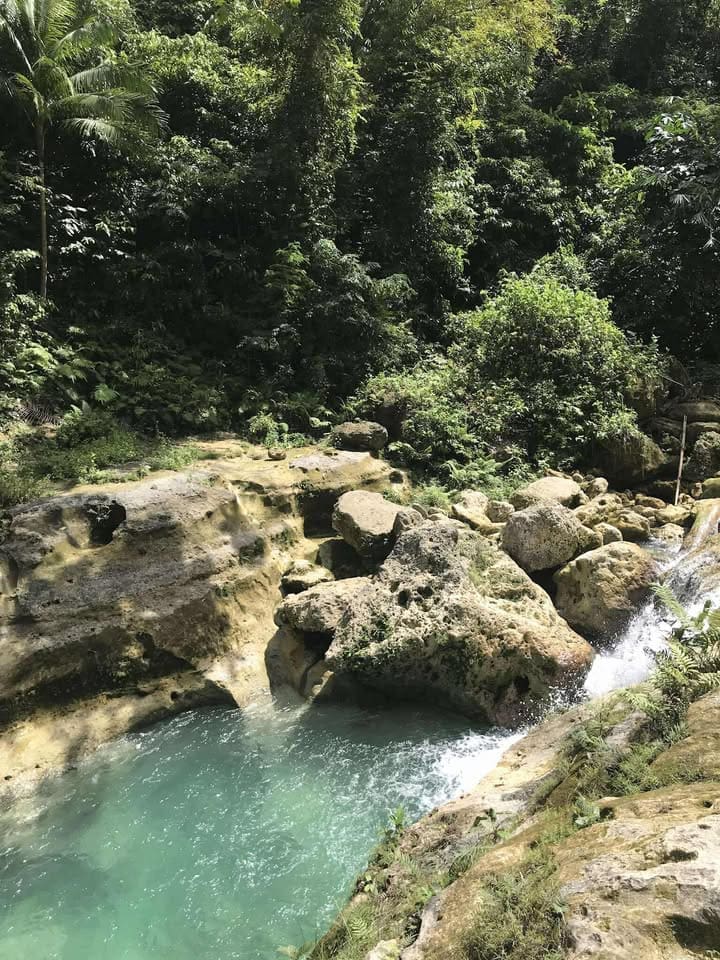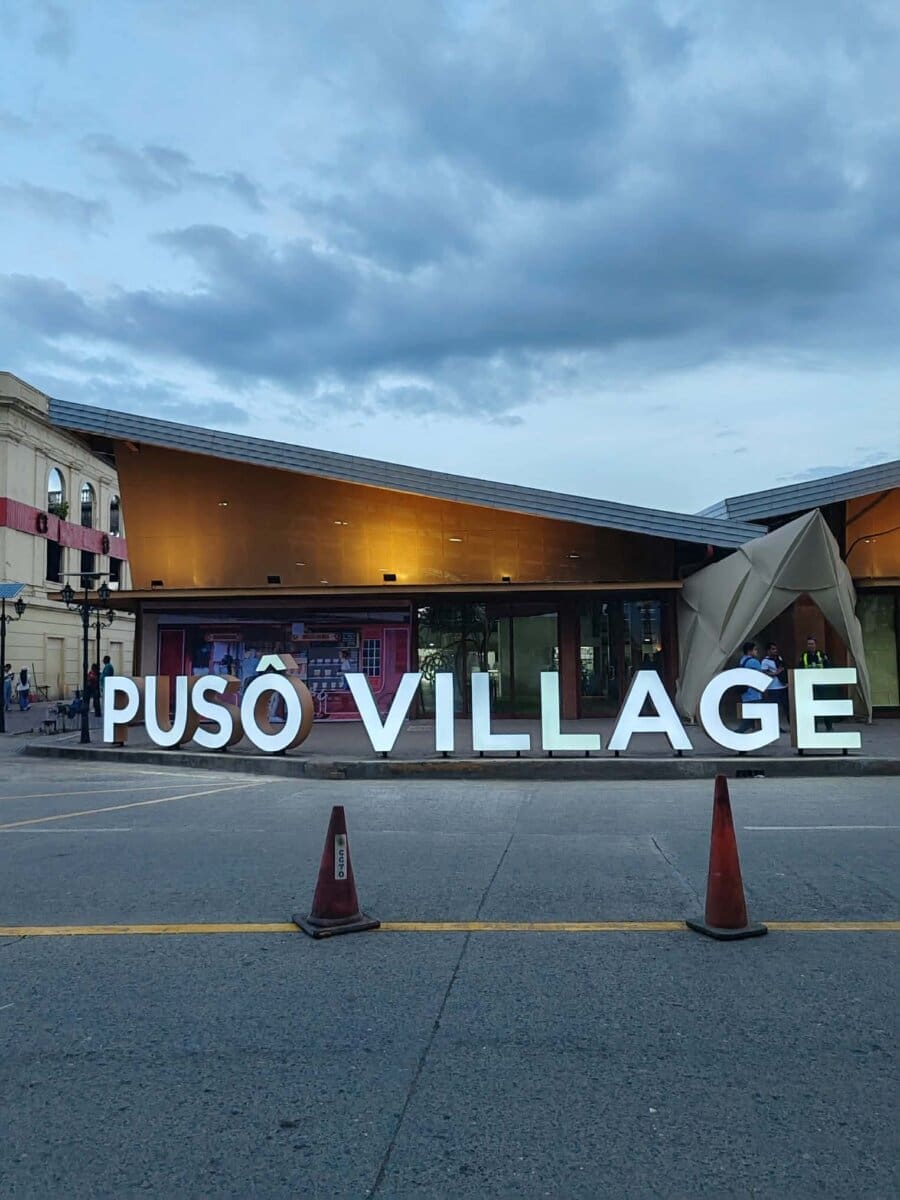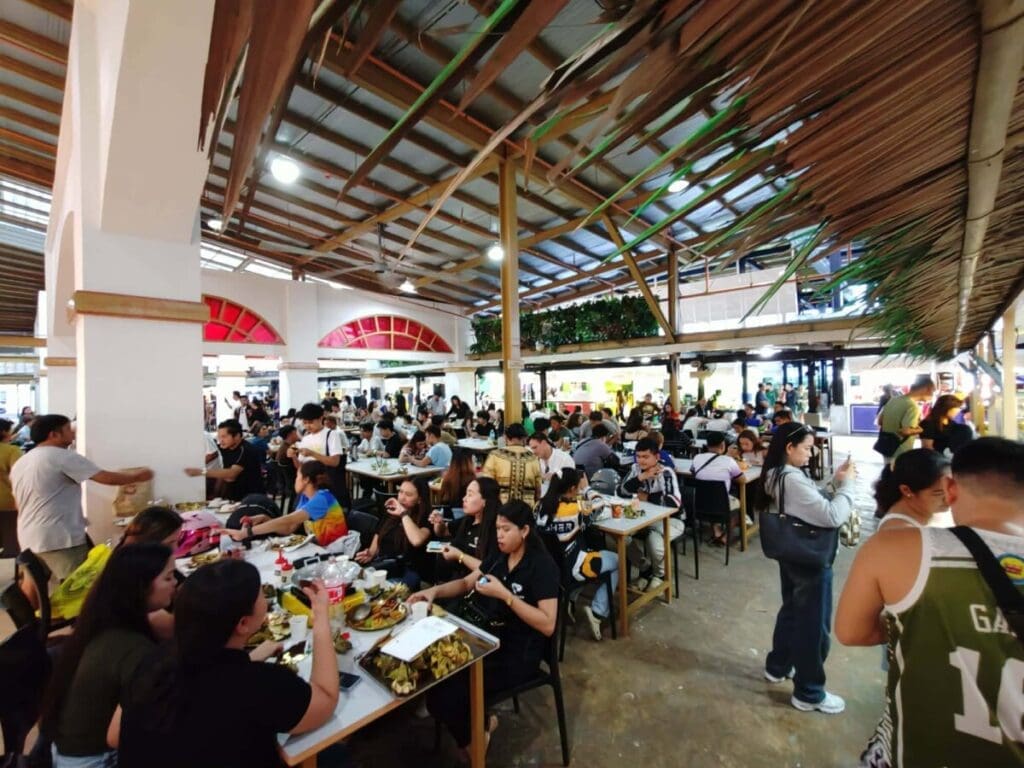
As New Year’s Eve approaches, fireworks remain a popular way to welcome the year ahead with light and excitement. While these displays can add joy and color to the celebration, improper use can lead to serious accidents, injuries, and fires. Understanding and following basic firework safety guidelines is essential to ensure that the festivities remain fun, memorable, and safe for everyone involved.
Fireworks can make New Year’s Eve celebrations exciting, but safety should always come first. Only use fireworks if they are legal in your area, and make sure an experienced adult supervises the activity. Buy fireworks from reputable dealers and read the instructions carefully before lighting them. Keep a bucket of water or a fire extinguisher nearby, light fireworks one at a time, and dispose of them as directed.
Avoid Firework Hazards

Young children should never handle fireworks, including sparklers, which can burn as hot as 2,000 degrees Fahrenheit. Avoid drinking alcohol while using fireworks, and never light them indoors or near other objects. Stand back immediately after lighting and never point fireworks at people. Avoid loose clothing, do not carry fireworks in pockets, and never set them off in glass or metal containers.
Prevent Fires and Injuries

Do not light fireworks near homes or fire-prone areas. Never touch fireworks that have already been lit or failed to ignite. Prepare water or a fire extinguisher before lighting fireworks and take note of your nearest fire station in case of emergencies.
Clean Up Safely

After the celebrations, do not immediately pick up fireworks that did not ignite. Avoid relighting partially used fireworks and always pour water on used or unused firecrackers before disposing of them. These steps prevent accidents and keep everyone safe.
Respond Quickly to Accidents

In the event of a fire or injury, contact local authorities immediately. Quick action can prevent small accidents from turning into serious emergencies, ensuring a safe and happy New Year’s Eve for everyone.



